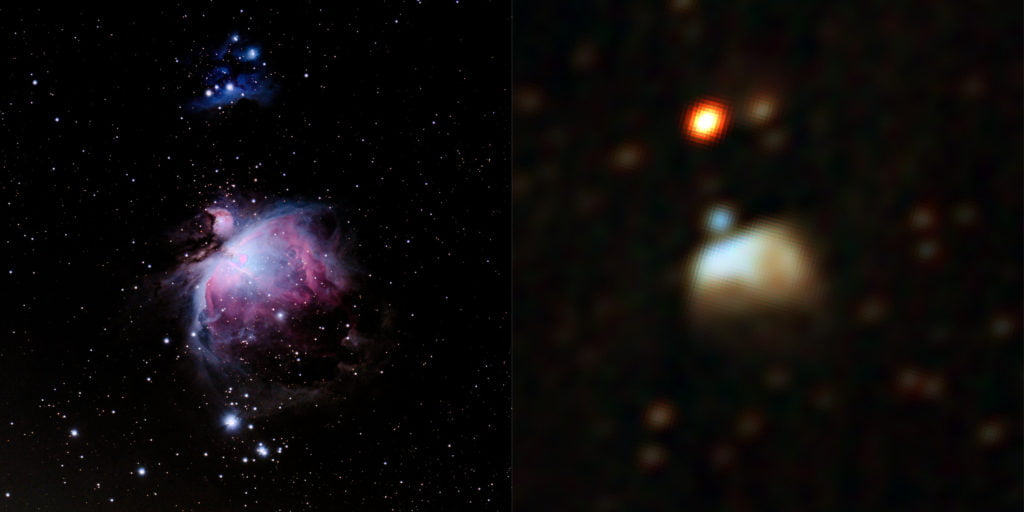Project area/S
- The Local Universe
Project Details
Radio recombination lines (RRLs) are produced when atoms cascade into a series of successively lower ionisation states. In particular, RRLs found at low frequencies are highly sensitive probes of the environment where the atoms are found, making them useful diagnostics of temperature, density and pressure. RRLs at low frequencies were first discovered in 1980 and have since been discovered at frequencies from 10 to 5000MHz. However, the region between 70 — 200MHz is not well-studied. Early studies suggest that somewhere between 100 and 200MHz the RRLs transition from absorption lines to emission lines. Recent constraints from studies by LOFAR have suggested that this transition may be around 130MHz, but it is highly dependent on the environment in which they are detected. This project will use a new spectral line pipeline to process Galactic plane observations taken with the Murchison Widefield Array (MWA). While the pipeline is faster than previous pipelines, it has not yet been used on very large fields-of-view in the Galactic plane, and this project can test the utility over wide fields. The resulting spectra will be searched for RRLs, with a particular focus on carbon re-combination lines, which are detectable at low radio frequencies, because the signal is boosted by collisional and radiative excitation.
Student Attributes
Academic Background
Knowledge of astronomical co-ordinate systems (RA, Dec); basic understanding of the structure of our Galaxy; i.e. 2nd year astronomy or above.
Computing Skills
Bash and python would be desirable, but any programming experience would be fine. Ability to use basic Linux command-line and text editor such as vi, nano, or emacs.
Training Requirement
Use of an existing pipeline on HPC resources, plotting data in python and matplotlib, basic statistical analysis of large datasets.
Project Timeline
- Week 1 Inductions and project introduction
- Week 2 Initial Presentation
- Week 3 Training on use of HPC and pipeline
- Week 4 Initial calibration tests and data selection
- Week 5 Processing data
- Week 6 Processing data
- Week 7 Analysis of results
- Week 8 Translation of results to astrophysical limits / detections
- Week 9 Final Presentation
- Week 10 Final Report
Additional Non-ICRAR supervisors
- Dr Chenoa Tremblay (CASS-Perth)

